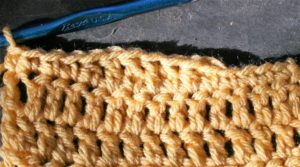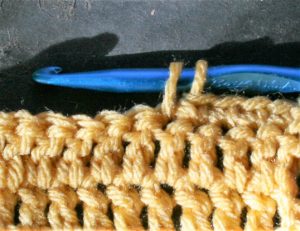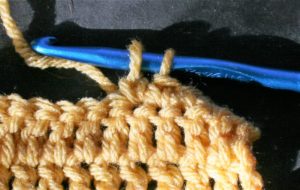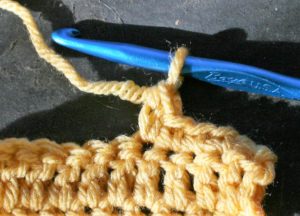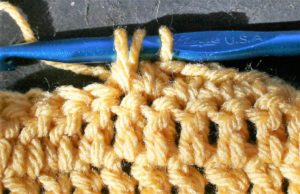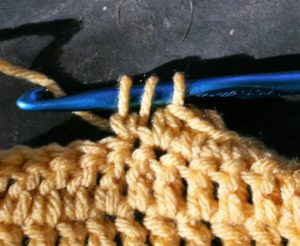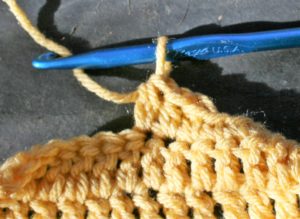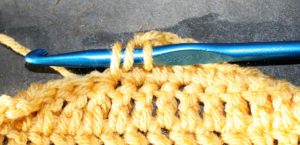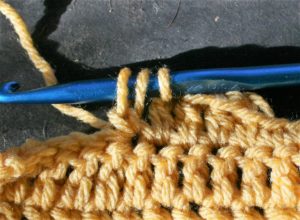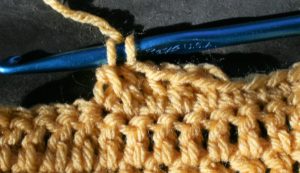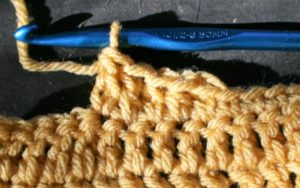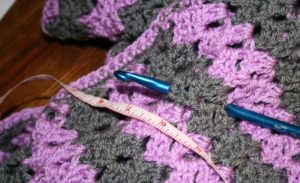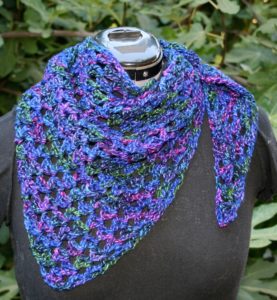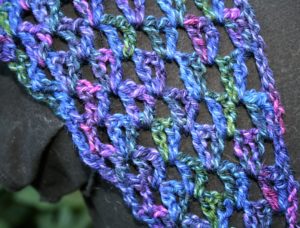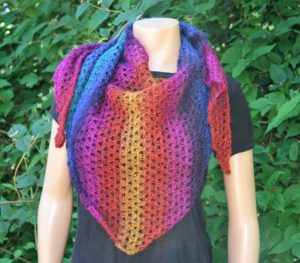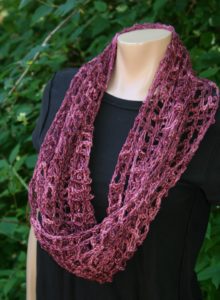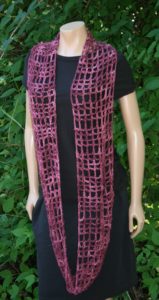There are many things that I have taken for granted in my world of crochet over many years. One such things is the hook I use.
I have also found that it is one of the things that very few people consider when evaluating their crochet work, people consider the pattern, the yarn, even their ability before considering the tool that was used to make it. However there are differences between hook, aside from how it feels in your hand that can affect how you stitches looks.
The main parts of a hook, are well first of the hook. Is it an in-line or a taper hook? An in-line is essentially a tube, nice and smooth that has a slit cut into it, while a taper has a shaft that gets smaller as it approaches the hook, then gets larger again at the head of the hook. The most common hooks on the market that reflect this are the Susan Bates- inline, and Boye- taper.
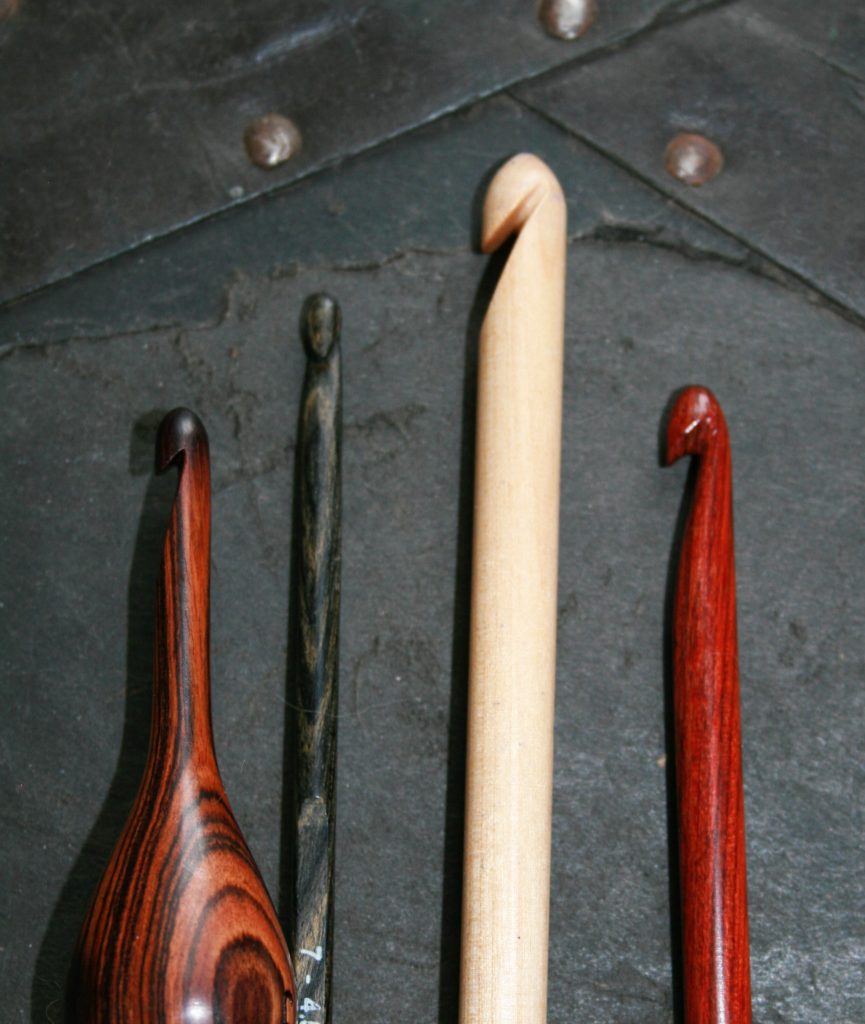
The biggest difference I have found with these hooks and my stitches come into play when working stitches that have several yarn overs or “loops” to pull through, such as a bullion stitch. (A bullion stitch can have a several yarn overs, in some cases 10, before pulling through all the loops on the hook). For me the taper makes it difficult to keep these loops even when pulling through, and I have a tendency to fit it a bit to get all the loops off, while an in-line hook seems a bit easier.
Yet the gentle increase of a taper hook in general helps me to enlarge loops that might be getting to tight to pull through, simply by sliding the hook up the shaft. It gives me a bit more flexibility when transitioning between various stitch techniques, especially where stitches can inadvertently be pulled tighter. Whereas an in-line does not give me as much variety and option in this area.
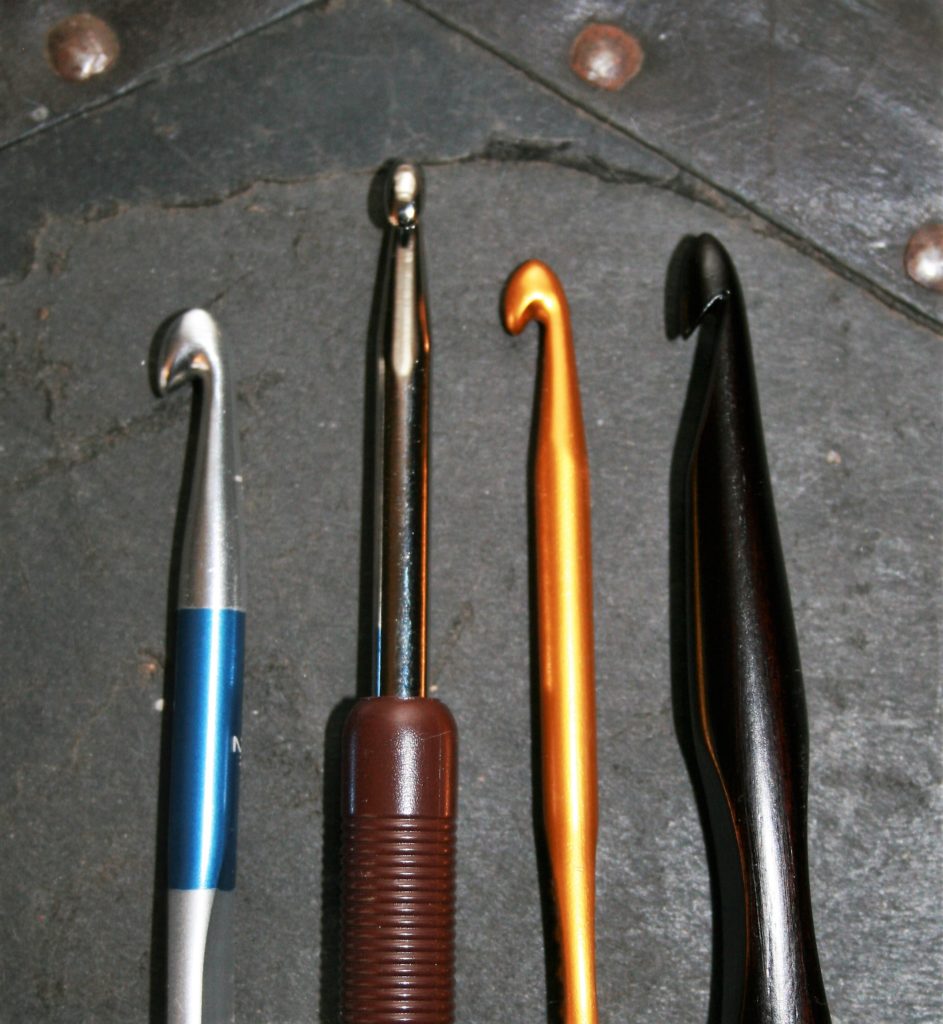
However, if the taper is too great, giving a large finger support that creates a larger increase in the taper I find that my loops become a bit more inconsistent when working decreases or clusters. Where I have to keep loops from other stitches on the hook to be worked off together, the large taper prevents the loop from being easily adjusted on the hook, and instead makes one of the loops tight while the other end are a bit loose.
So just this one difference in hooks, the simple shaft, either in-line or taper, can affect my work and my look. There are other factors, but this is just one that relates to my current projects. Never be afraid to try a different style hook, you might learn some subtle differences for yourself too.


